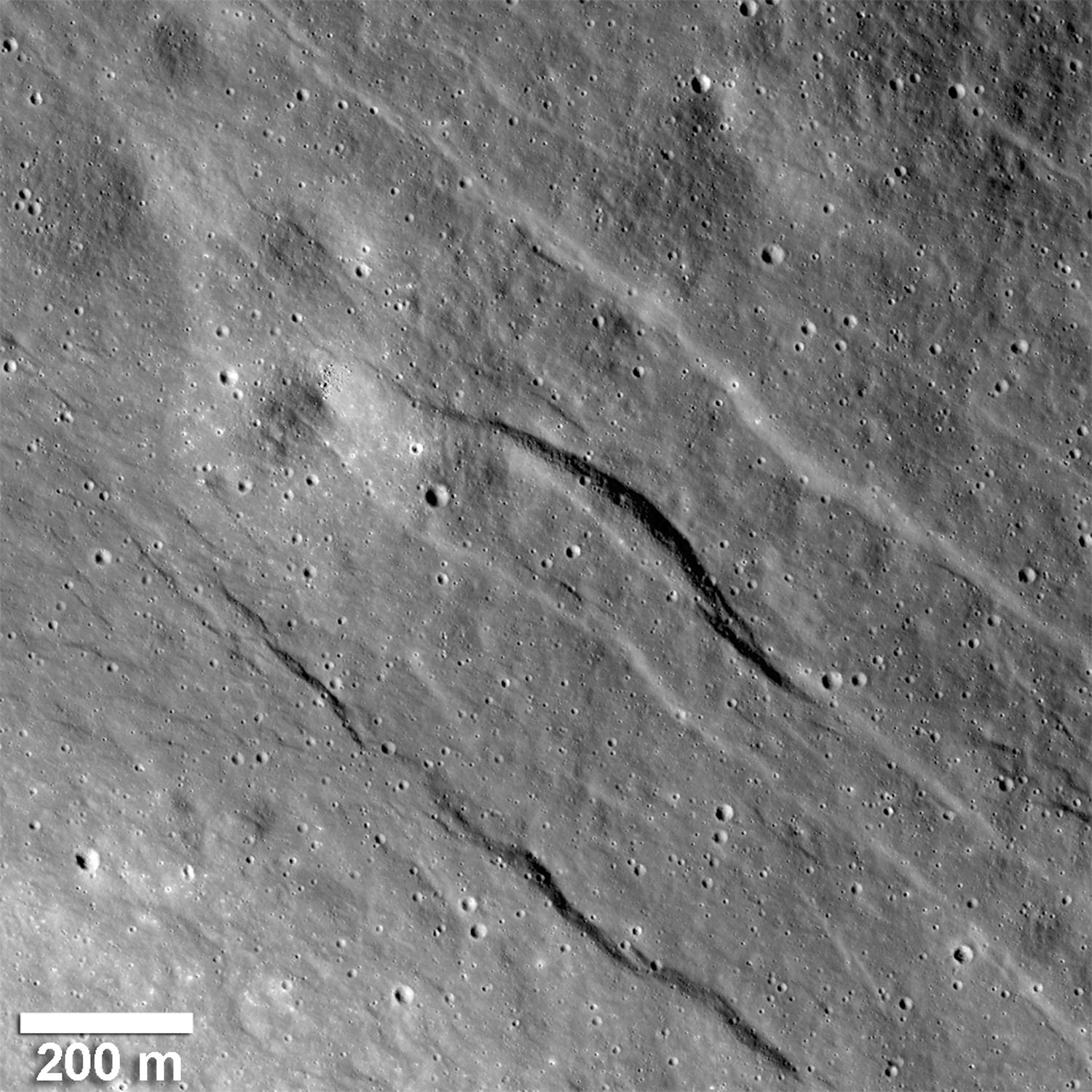Scientists spot tectonic activity on the far side of the moon (VIDEO)
The largest of the newly detected graben found on the far side of the moon. The broadest graben is about 500 meters (1,640 feet) wide. Topography derived from Lunar Reconnaissance Orbiter Camera (LROC) Narrow Angle Camera (NAC) stereo images indicates they are almost 20 meters (almost 66 feet) deep.
NASA's Lunar Reconnaissance Orbiter Camera (LROC) has snapped pictures of long troughs on the moon, called graben, that indicate that there has been tectonic activity on the moon relatively recently, Space.com reported.
"Overall on the moon, you have this contracting, shrinking environment, but in some places, apparently there's this stretching extension of the crust," Thomas Watters, the lead author of a study about the images published in the journal Nature Geoscience on Feb. 19, told Space.com.
It’s a surprise to scientists, who’d assumed the moon had cooled off much too long ago to still have a shifting crust, Space.com reported.
According to National Geographic News:
That activity in turn hints that the moon may not have been entirely melted when it first formed roughly 4.6 billion years ago. Instead the early moon likely had a solid core covered by a global ocean of molten rock.
The newfound graben, spotted in the moon’s far-side highlands and in volcanic plains, are not filled with micrometeorites – small space rocks that continually strike the moon – leading scientists to suggest they are relatively recent, National Geographic News reported.
"Not only are they no older than 50 million years, they could be very young – young enough to be related to moonquakes recorded by the Apollo seismic network," which operated on the moon between 1969 and 1977, Watters told National Geographic News.
More from GlobalPost: Russia in talks to build permanent base on Moon
